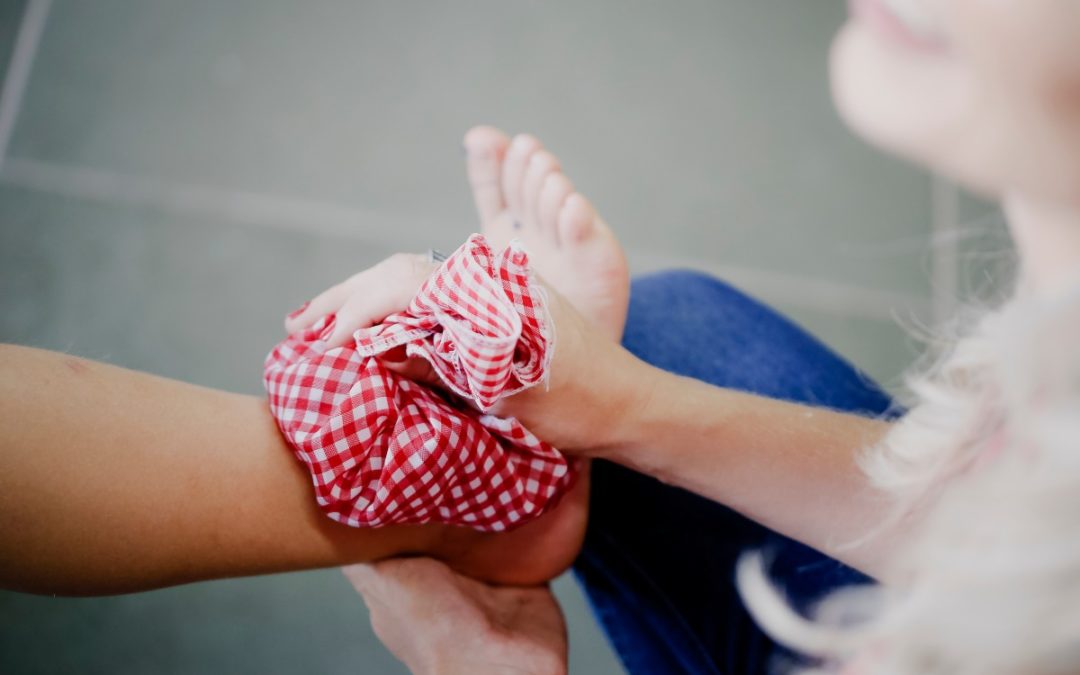Addiction causes many struggles and obstacles to overcome. Many individuals who struggle with addiction, especially those with opioid addictions, rely on these drugs to alleviate pain, both emotional and physical. As these substances are reinforced through the relief of pain, our body begins to adapt to the presence of the substance to feel normal.
Dangers of Pain Killers
There are many dangers involved with reliance on substances to alleviate pain. In medical settings, opioids are often prescribed after surgical procedures to help eliminate pain. Pain relievers are commonly used after an injury or illness. Over-the-counter pain relievers are not as dangerous as opioids, but each type of analgesic has risks involved and the potential for addiction if not taken as prescribed.
Marijuana has been used in various situations to help alleviate chronic pain. Other substances can be used for personal reasons to alleviate physical or emotional pain as well. As these substances are relied upon for pain relief, our body halts our natural responses to pain, reinforcing the dependence upon the substance. Relying on any form of substance to help ease pain levels for an extended period of time often leads to the cycle of addiction and can cause long-term health effects.
Alternative Pain Relief
If you choose to temporarily use opioids, over-the-counter medications, or any medication prescribed to temporarily work through physical pain, that can be okay if supervised by your doctor. When choosing to use these medications, ensure you are not using them for more than the recommended period of time and that you are not taking a larger dose than prescribed. Be aware of the warning signs of addiction while you are taking them. If any trouble arises, contact your doctor immediately.
If you do not feel that you can hold yourself accountable and follow the guidelines for medications, various alternative methods can be implemented to help alleviate pain without the potential of addiction or relapse occurring. Using the following techniques, you can discover a way of easing pain without the risk of addiction.
# 1. Exercise
Engaging in physical activity or a form of physical therapy can help alleviate muscle or tendon pain. Oftentimes, simple injuries can be healed through a combination of relaxation techniques and physical therapy. It is important to be aware of your body when using this method of recovery and pain relief. Some exercises may temporarily increase pain but alleviate it in the long run; however, make sure you are not working your muscles too hard, which could end up making the injury worse.
If you are dealing with emotional pain from depression or anxiety, exercising can be a great way to get your mind off your mental struggles. As you engage in physical activity, your body will release endorphins, increasing the potential for happy feelings. At first, the relief may be only temporary, but if you continue to exercise and make physical activity a regular part of your life, your long-term mental health will improve.
# 2. Heat, Ice, and Pressure
Another way to help relieve pain is by applying heat, ice, or pressure. Not only does this method work effectively for muscle and tendon pains, but also for other types of pain as well. If your stomach or a specific body part is hurting, applying a combination of heat and ice can often help to loosen the muscles or numb the pain. Applying pressure should only be done with caution but can help alleviate pain for certain conditions.
# 3. Electrical Stimulation
Electrical stimulation works by sending a small electric current to the pain receptors in your brain. This can help alleviate pain by preventing our pain receptors from receiving the information necessary to feel pain. While we have pain receptors to make us aware that something is wrong and ensure we do not further damage our body, using electrical stimulation can aid the healing process.
# 4. Relaxation Therapy
Using relaxation therapy to bring yourself into a state of full relaxation when feeling pain can alter your brain’s reaction to the pain response and cause you to feel less pain. Being aware of your state of mind when feeling high levels of pain can be used to help reduce the level of pain you experience. Allowing your body to ease into a state of full relaxation can help the area in pain to relax, which can aid in healing.
Each method of pain relief used will differ depending on your specific injury or illness. Different types of pain and levels of pain require different treatments; however, in many situations, you can find pain relief without using medication or substances.
Many individuals struggle to stop using a substance, especially opioids because they rely on the substance to alleviate physical and emotional pain. While different medications can help alleviate pain temporarily, these drugs should not be depended on for long-term use. Understanding different alternative practices that can help alleviate various forms of pain can eliminate the desire and need to continue using a substance. The alternative pain relief method that would be most effective for you depends on your level of pain and its cause; however, there are many different options available. Unfortunately, some people who have used medications, either prescribed or over-the-counter, to relieve pain have developed an addiction to the drug. At Dream Recovery, we are here to help. One of the addictions we treat is opioid addiction using a variety of traditional and holistic methods. For more information, contact us at (949) 732-1960.


Recent Comments